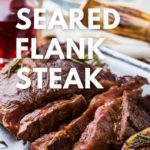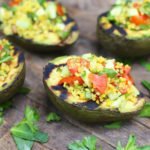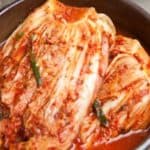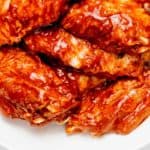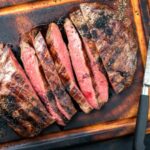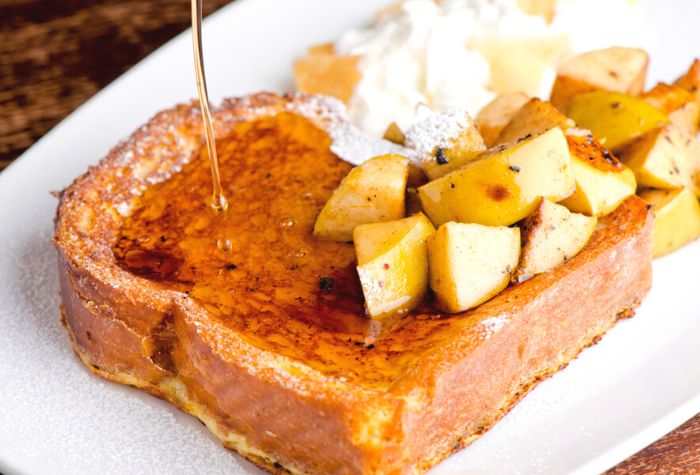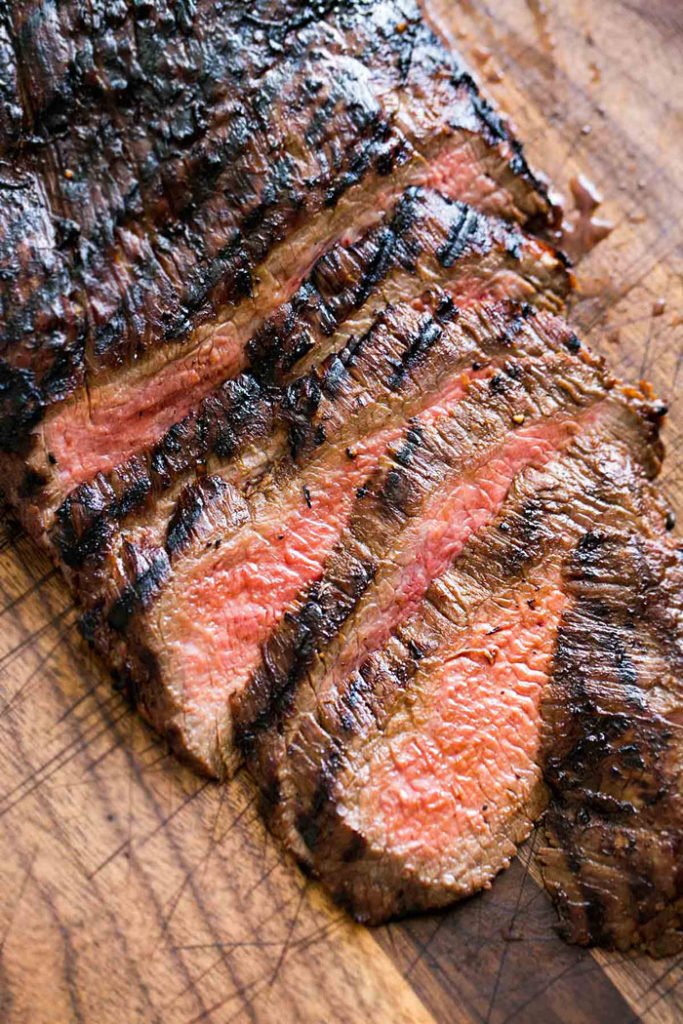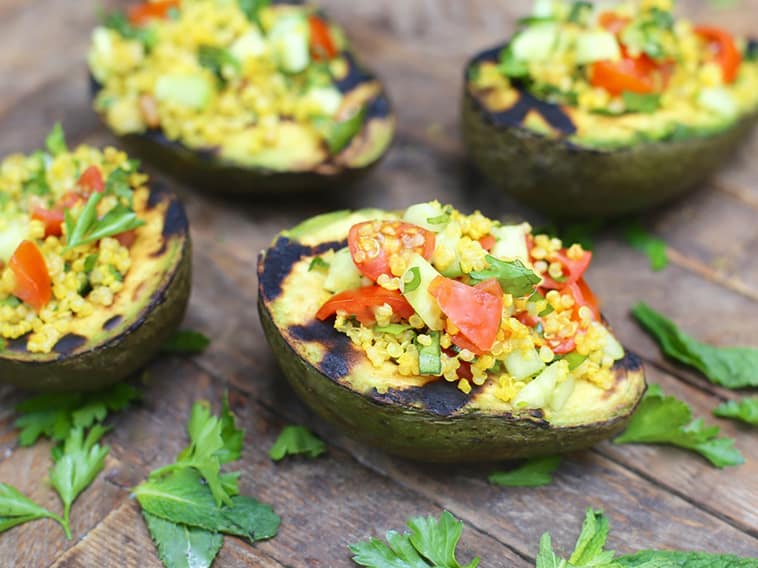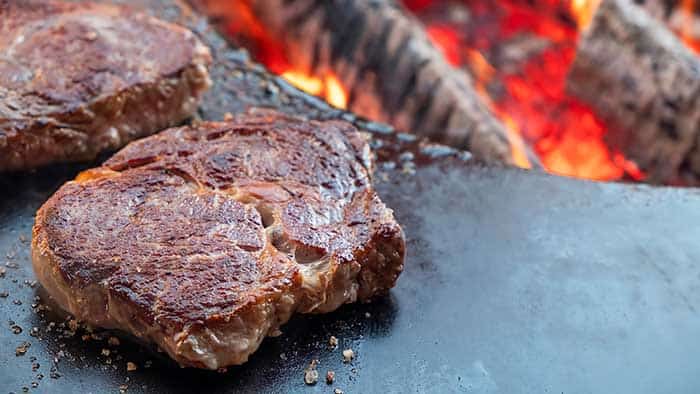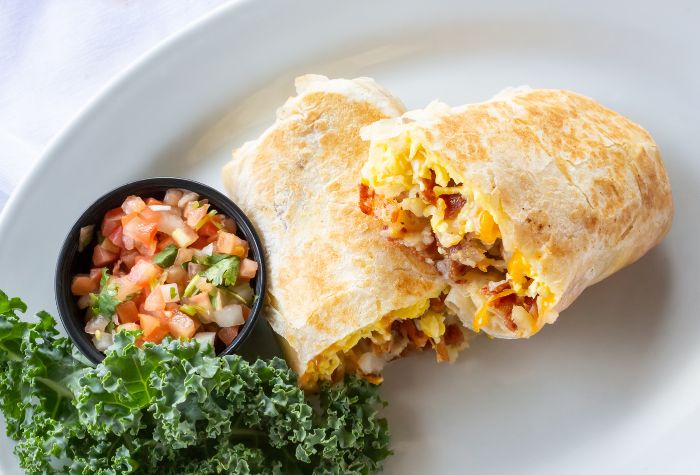This reverse seared flank steak recipe is the perfect way to bring the best out of this lean cut of beef. Slow smoked in your grill before finishing with a beautiful char, this might soon be your new favorite way of grilling meat.
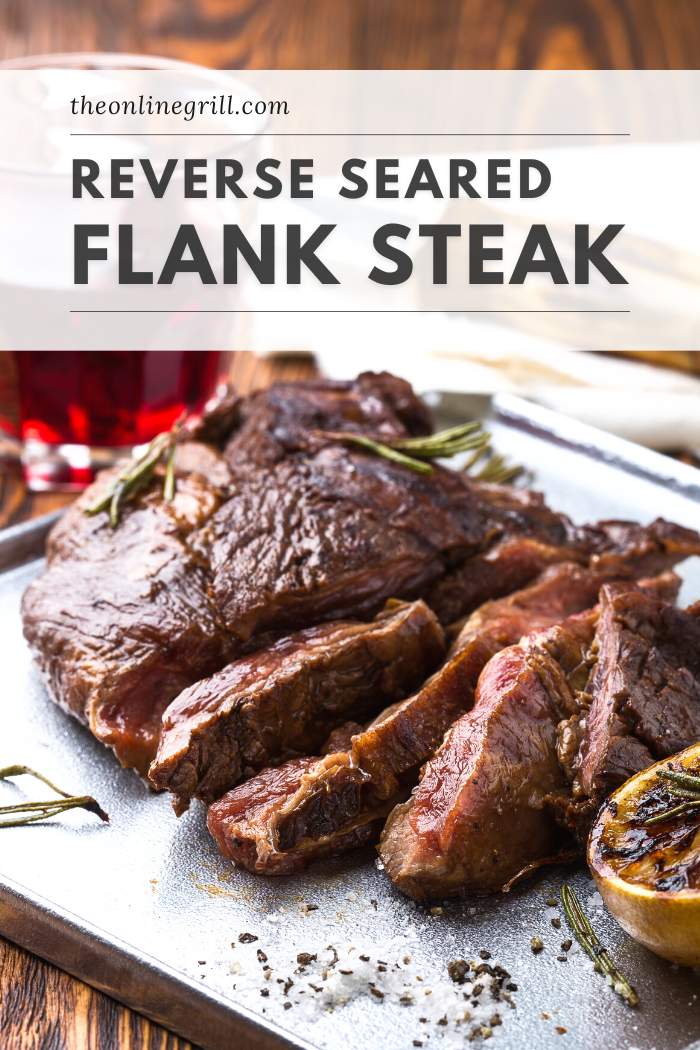
The reverse method is one of my favorite ways of preparing steak recipes. It brings the best out of the steak, locking in its natural juices by slowly bringing it to the perfect doneness.
In this recipe, we’ll guide you through how to grill the perfect reverse seared steak, and how to expertly set up your grill like a pro. Let’s get into it.
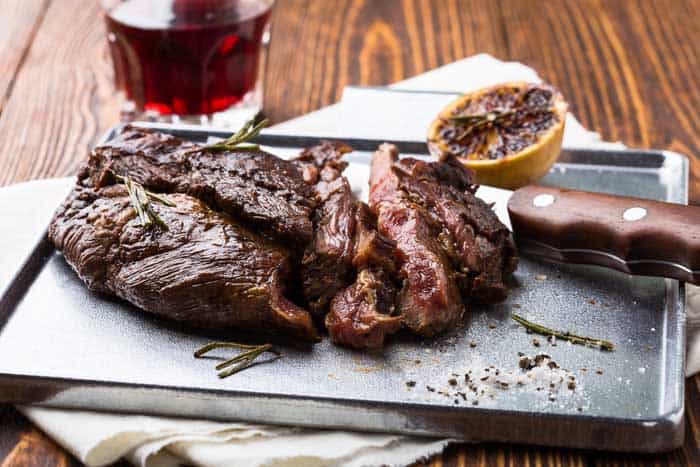
What is Reverse Searing?
Reverse searing is (as the name suggests) the reverse way of traditionally searing steaks. In most traditional restaurants, steaks are cooked by searing them first over high heat and then oven cooked to allow the inside of the meat to come to temperature and reach the desired doneness.
Reverse searing takes this method and flips it on its head. The method involves smoking or oven cooking the meat first to allow the inside of the meat to reach medium-rare doneness. It’s then transferred to high heat and seared to give you the grilled finish we all love.
It can be done with a simple cooking oven or even via sous vide, but nothing quite does it like a BBQ grill or smoker.
Any type of grill or smoke that can provide an indirect heat source will work. Including a pellet grill or smoker, or even a Big Green Egg.
We’ve seen it work beautifully with reverse seared tri-tip and reverse seared tomahawk steak. Today we want to turn to flank steak.
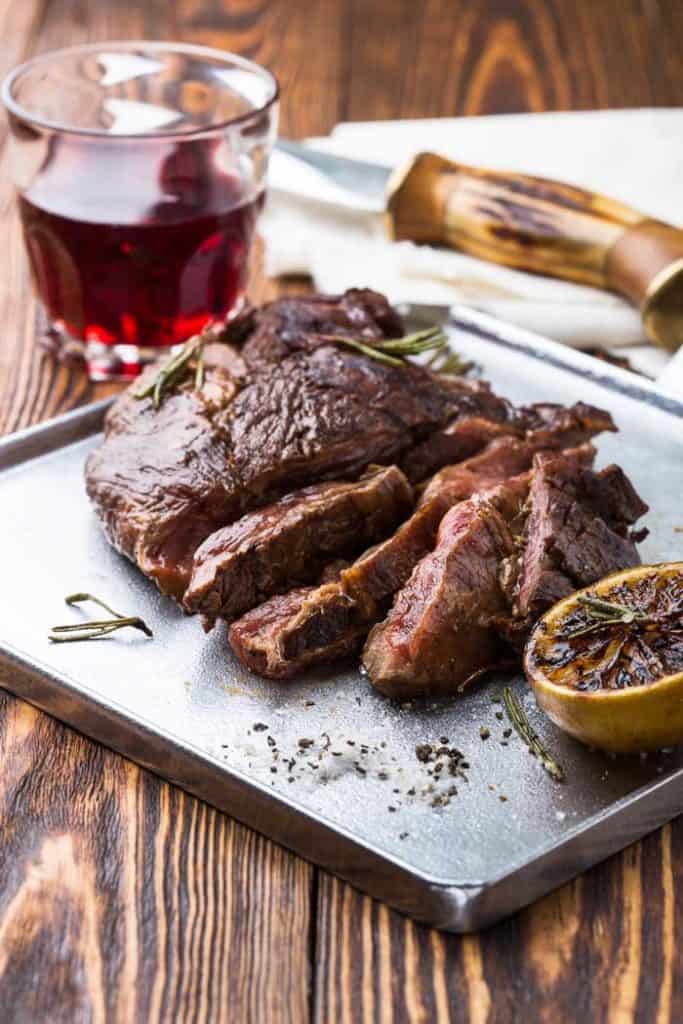
What are the Benefits of Reverse Searing?
Cooking it this way allows us to ensure that the inside of the meat is cooked to your desired doneness first without letting the outside dry out.
Another benefit is that, in the case of larger steaks in particular, if you only grill the steak over direct heat then you risk an uneven cook through the meat. Not just that then you’ll often see the outer edges of the meat being very well done, and the inside being rare. It looks nasty, and it doesn’t taste much better.
If you directly cook your steak then it’s very easy to overshoot and cook past your desired doneness. It’s too easy to aim for medium-rare, only to end up with well-done. By slowly bringing it to temperature, it’s far easy to achieve the results you want.
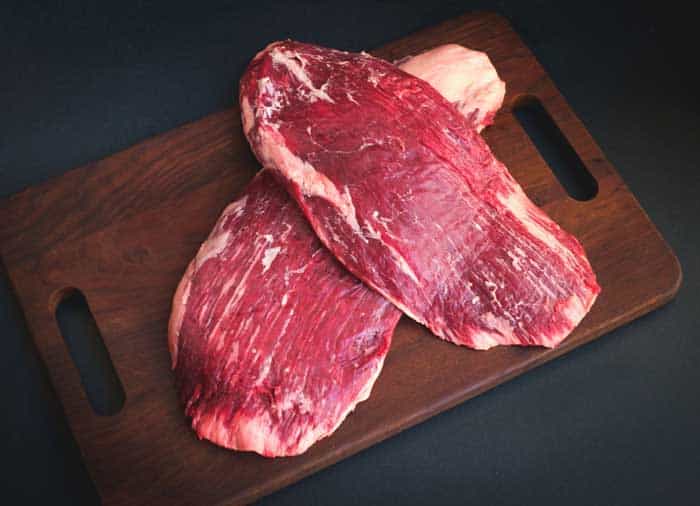
Why Use Flank Steak for Reverse Searing?
While any type of steak can be used for reverse searing, I think flank steak is the best beef cut for the job.
Flank is a tough and lean cut of beef, which makes it better suited to medium or well done. Reverse searing is a method that cooks the steak all the way through, so it stands to reason that flank is a better type of beef to use. For this reason, it’s why Bavette steak is also good using this method.
What Oil Can I Use to Reverse Sear Steak?
There’s no need to use any oil while smoking it, but when you sear it you can apply a little bit of vegetable or olive oil to the grill grate surface.
If you are pan searing your flank, I recommend using either olive oil or ghee. Use quite a liberal amount and allow the steaks to cook in the fat or butter for a minute on each side.
How to Set Up the Grill for Reverse Searing
If you use a charcoal grill or smoker, then set up your coals in line with the minion method.
For the unfamiliar, this is a method of laying out your coals in a way that ensures slow combustion over an extended period of time. This means that you don’t need to replace the coals every 20 or 30 minutes, thereby disturbing the cooking temperatures in your smoker.
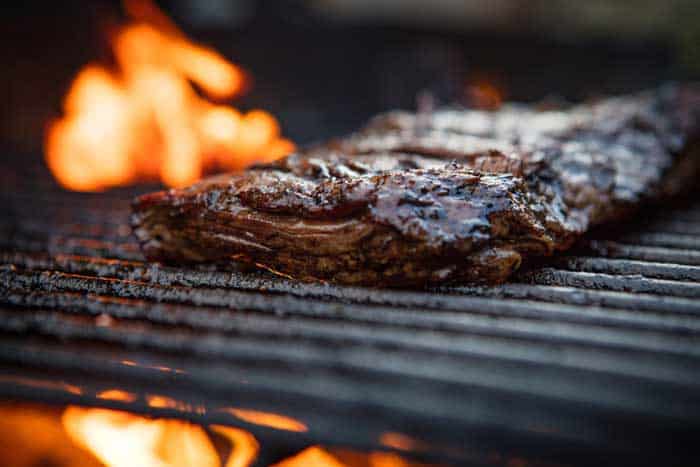
Another benefit is that it sets up your grill for indirect grilling, which is the best way to approach reverse searing.
Aim for a cooking temperature of 225°F (107°C), although anything up to 250°F is also fine.
Make sure you use lump charcoal and not briquettes. Lump charcoal burns much cleaner and is more energy-efficient.
How to Reverse Sear Flank Steak on a Grill
WIth your grill or smoker running at 225°F, transfer your steak to the top racks or grates.
When reverse searing, we don’t tend to set a specific amount of time to cooking. Instead, we go by internal temperature.
If you’re going for medium-rare, then an internal temperature of 120°F is what you want to aim for. When we sear it, this temperature will come up 5/10°F, and leave us at a final target temperature of 130°F.
It often takes about 40-60 minutes for flank to reach this when cooking at 225°F.
Once your internal temperature is at 120°F, remove the steak from your grill and leave it to rest while you crank up the heat for searing.
You want your grill to be as hot as possible, so open your grill or smoker’s vents as wide as possible, and add some more lit coals with a charcoal chimney to the cooker.
Once your fire is ramped up, put your steak back on the grill. If it’s on direct heat that’s fine.
It’s important to note that at this stage we’re not going for a target temperature, but rather just the aesthetic and texture that searing gives us. That’s a charred finish with a bit of crunch to it.
It should only need 20-30 seconds on each side, although sometimes it needs a minute. Keep the steak moving and once it looks done remove from the heat immediately.
When you’ve removed it from the heat, there’s no need to let it rest. Just slice or serve right away.
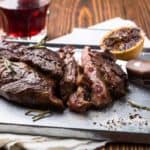
Reverse Seared Flank Steak
Equipment
- Lump charcoal
- Charcoal chimney
Ingredients
- 4 flank steaks
- 2 tsp kosher salt
- 1 tsp ground black pepper
Instructions
- Set up grill for indirect cooking in line with the Minion Method. Light and preheat grill to 225°F
- Combine salt and pepper in a small bowl. Apply to flank steaks liberally, rubbing into surface and into any lines of crevices
- Place steaks on grill over indirect heat. Cook until internal temperature has reached 120°F.
- Remove steaks from grill and set to one side. Open grill vents to wide and increase heat to high. Add more charcoal if needed.
- Place steaks back on grill and cook for 1-2 minutes on either side, or until visible sear has developed on steak surfaces.
- Remove and serve immediately
